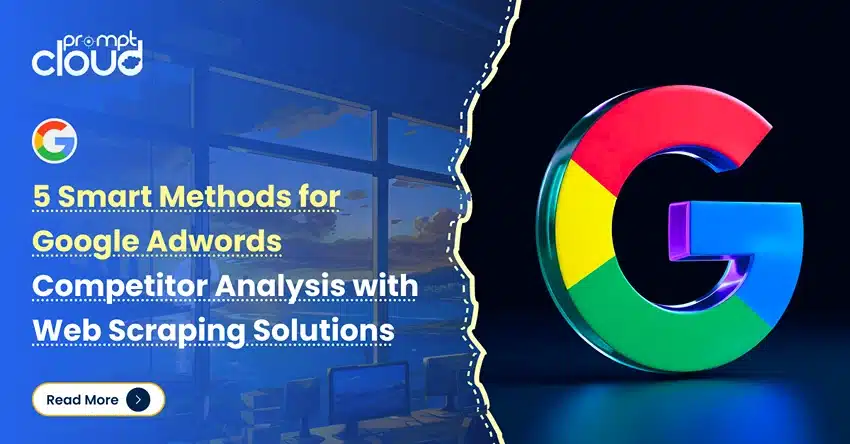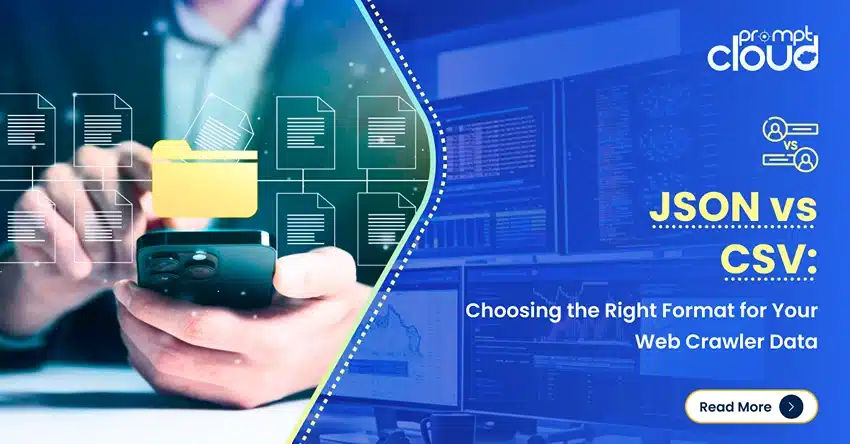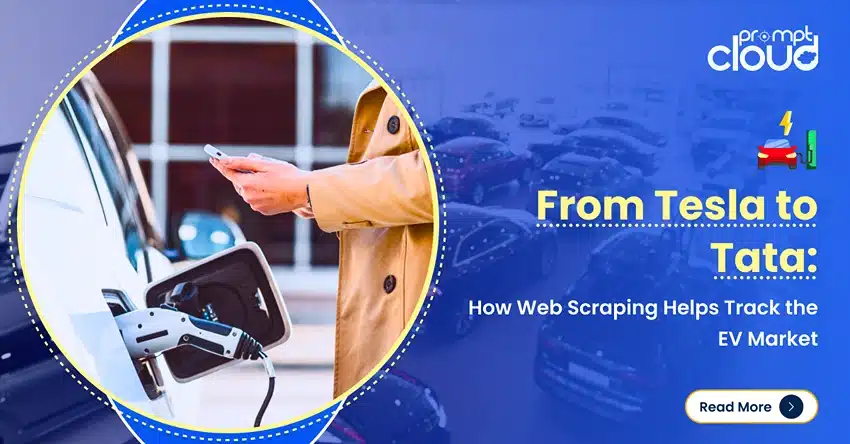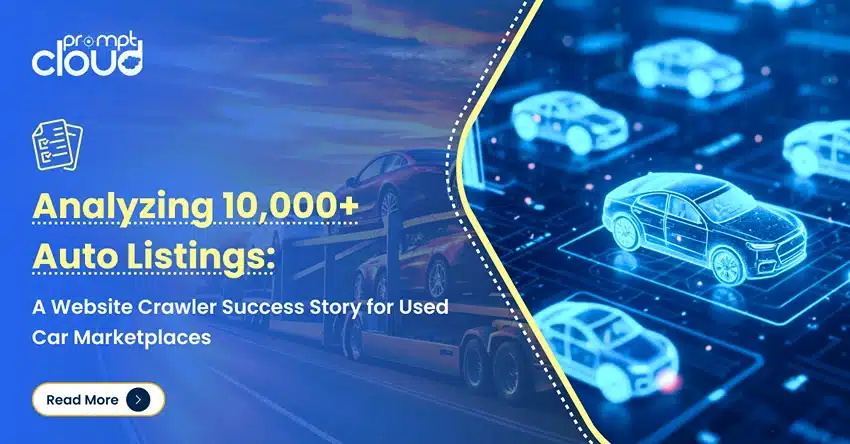**TL;DR**
You never really know what Gen Z will latch onto next. One day, it’s a cartoon-like collectible no one outside a niche community has heard of, Labubu. Next, it’s a stainless-steel tumbler like the Stanley Cup showing up in every other TikTok. Then suddenly, everyone’s dressing like it’s 2003 again. These trends don’t follow any clear pattern. They just… happen. Fast. And often way before most brands even realize something’s going on.
The problem? Most traditional research tools are too slow to catch them.
Sometimes, you need more than instinct to keep up. That’s why some teams are turning to web crawlers. These tools collect data as it shows up—from places like TikTok, Reddit, and online shops—so you’re not finding out what’s trending after everyone else already knows. This article explores how instant data scraper tools can help teams spot early signals, adjust strategy quickly, and stay relevant in a market that changes by the hour.
If you want to act on Gen Z trends before your competitors do, you’ll need more than instincts. You’ll need the right data, right now.
How Gen Z Trends Are Redefining the Speed of Culture
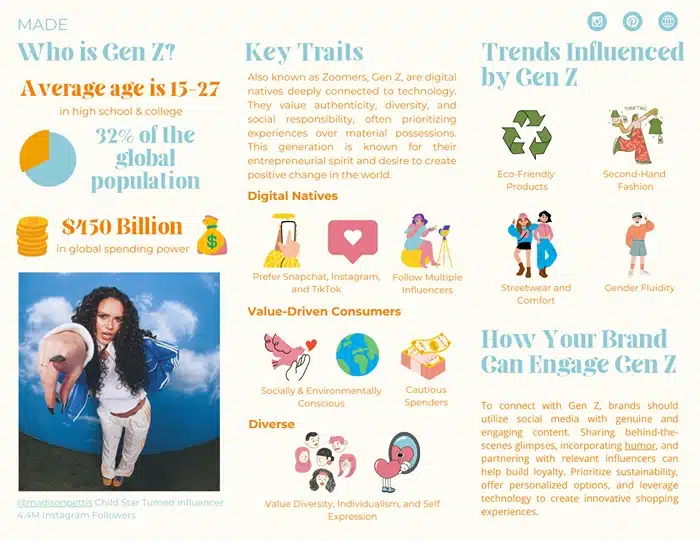
Image Source: Madetrends
Gen Z doesn’t wait around for someone to tell them what’s trending. They figure it out on their own, and fast. One week, it’s the Stanley Cup. Next, it’s Y2K outfits. Then suddenly, everyone’s hunting down something called Labubu.
The pace is wild. These aren’t slow, seasonal shifts like before. They happen in real time. Sometimes overnight. And it’s not coming from traditional places either. No glossy ads or influencer campaigns at first. Just regular people online, sharing things that click.
If you’re trying to sell to this group—or even understand what they care about you need to know what’s catching on before it’s everywhere. Because by then? It’s too late. The early buzz is where the opportunity is.
But that kind of timing is tricky. Most tools that brands use are too slow. By the time trend reports or market data show anything useful, Gen Z is already over it.
So, how do you catch trends early, when they’re still small, still growing?
It starts with watching the right places. Forums. Social feeds. Niche communities. The raw, unfiltered corners of the internet. That’s where this stuff begins.
And no, you can’t do that manually. Not at scale. You need web crawlers. Instant data scraping tools. Systems that can sift through all that noise and pull out what matters, in real time.
Because if you’re serious about following Gen Z trends, not just reacting to them, this is how you do it.
The Challenge: Traditional Trend Tracking Can’t Keep Up
No wonder brands have a hard time keeping up with Gen Z. Their online behavior isn’t something you can map out with a neat pattern. A random meme or a quick post can kick off a trend without warning. Sometimes there’s a clear reason. Other times, it just clicks—and before anyone can react, it’s already moving across every platform.
Now, think about how most companies try to track trends. They commission reports. They run surveys. Maybe they use social listening tools that surface keywords over time. All of that takes weeks, sometimes months. But Gen Z trends don’t wait around for a quarterly update.
Take the Labubu craze, for example. What started as a niche collectible caught on through fan communities and TikTok unboxings. By the time brands noticed the surge, early demand had already peaked. Or think about Stanley Cups. These weren’t new, but a few viral videos gave them a second life, and suddenly they were flying off the shelves.
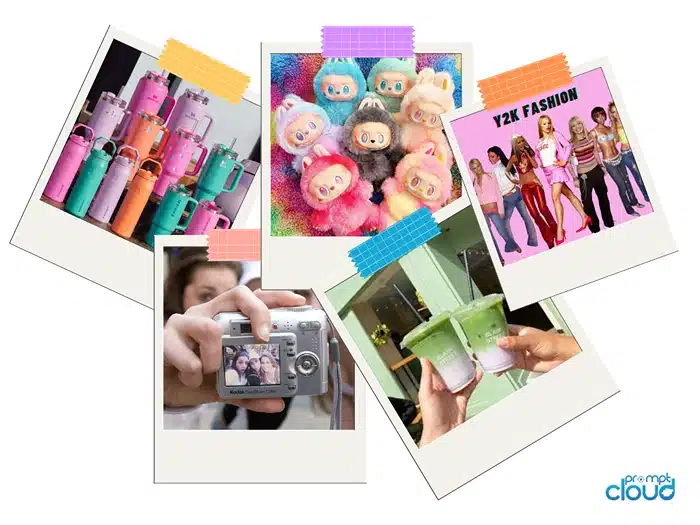
And that’s the problem. Traditional methods are too slow and too broad. They’re built for general insights, not fast-moving shifts like Gen Z fashion trends. You end up getting the summary after the story’s already played out.
Even when teams do pick up on something, they’re often reacting late. Inventory is delayed. Marketing lags behind. You miss the wave.
The truth is, you can’t catch trends this fast using outdated tools. If you’re relying on manual research or static dashboards, you’re already a step behind. And for a generation that moves as quickly and unpredictably as Gen Z, being late means being irrelevant.
That’s why real-time data is becoming more than a nice-to-have. It’s the only way to spot early signals—before they hit the mainstream. And to do that, brands need something built for speed.
Enter Web Crawlers: Your Real-Time Trend Radar
What Is a Web Crawler?
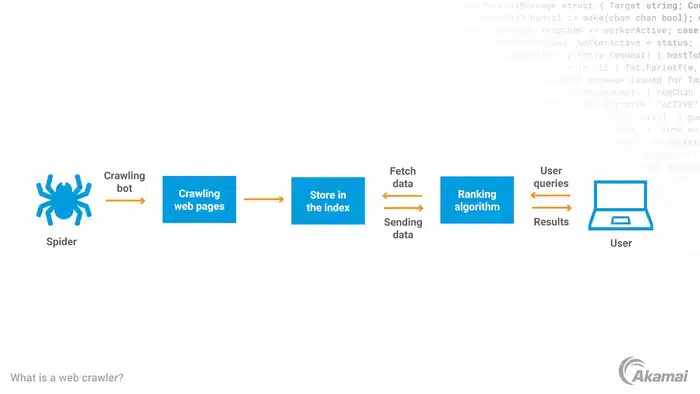
Image Source: Akamai
Web crawlers aren’t as complicated as they sound. They’re just programs that scan websites and grab the stuff you need—whether that’s product listings, customer reviews, blog posts, or prices. Kind of like having a research assistant that never gets tired and doesn’t miss a thing.
The real power comes from its speed and scale. You’re not just looking at one page at a time. A crawler can track thousands of sites, social feeds, or forums, all at once. This gives you a live view of what’s happening online, without the manual effort.
For tracking Gen Z trends, that’s huge. These trends often start small, on niche platforms or inside specific hashtags. A crawler can catch them as they emerge, not days or weeks later.
How Instant Data Scraper Tools Fit In
Web crawlers gather a lot of stuff, but it’s the instant data scrapers that help make sense of it. They take all the clutter—posts, reviews, listings, whatever’s out there—and shape it into something that’s actually usable. So instead of reading through pages of noise, you get real, clear info you can act on.
Let’s say a trend is bubbling up on TikTok or Reddit. Maybe a certain style of bag is getting more mentions. An instant data scraper can gather those mentions, count them, even track how fast they’re rising, without someone having to sit there and scroll for hours.
You get more than just numbers. You get a pattern. You can see when a product like a Stanley Cup starts trending, or when a Y2K fashion item gains traction across shopping platforms. And you see it early.
Why This Works for Gen Z Trends
The reason this matters so much for Gen Z is that their attention moves fast and spreads wide. One platform isn’t enough. You need to see TikTok, Reddit, fashion forums, online shops, and even product reviews. It’s all part of the same culture loop.
Web crawlers make that possible. They don’t just scrape one source—they cover everything. And because they run around the clock, you’re never behind.
For brands, this changes the game. You’re not reacting to trends anymore. You’re seeing them form. You know when Gen Z fashion trends begin gaining ground. You catch product spikes before they show up in a report. And that means you can act early, while the opportunity is still fresh.
Where to Crawl: Digital Hotspots for Gen Z Culture
Gen Z trends rarely start in one place. They bubble up across a mix of social platforms, forums, and shopping apps, and often from unexpected corners of the internet. For brands that want to track these shifts in real time, knowing where to look is half the battle. Web crawlers can scan across platforms to catch the early buzz.
Here are some of the key platforms where Gen Z trends are born and grow:
TikTok: The Heartbeat of Gen Z Trends
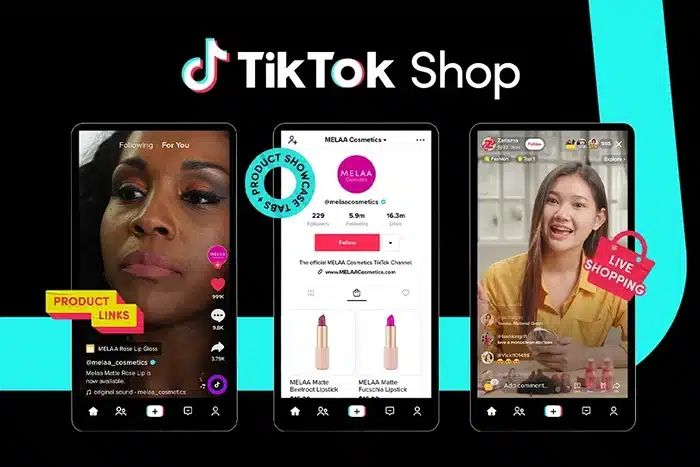
Image Source: ChannelEngine
TikTok isn’t just another social media app. For Gen Z, it’s where culture moves. A It doesn’t take much. One reel, barely 15 seconds long, can kick something off that suddenly everyone’s talking about. Maybe it’s a weirdly specific fashion piece, a certain vibe, or even something like the Stanley Cup. A lot of the time, it begins right there.
What makes TikTok unique is how fast content gains traction. Its algorithm pushes new ideas to massive audiences almost instantly. Web crawlers that track TikTok hashtags, captions, and video engagement can catch the earliest signs of momentum. That’s how you know what’s heating up—before it becomes saturated.
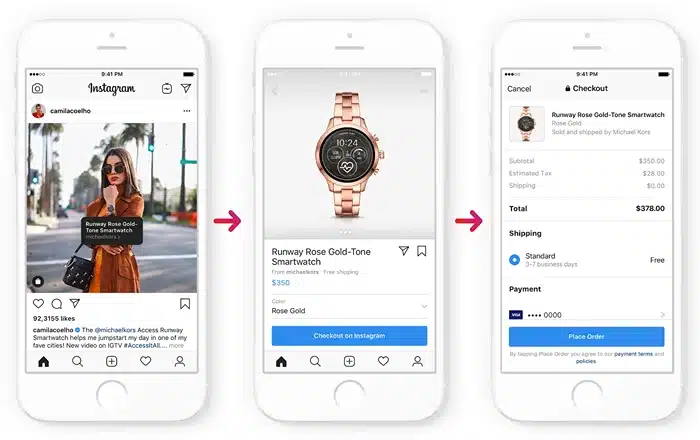
Image Source: Planly
While TikTok might start the trend, Instagram helps it spread. Stories, reels, and influencer posts often turn niche moments into full-blown movements. It’s especially strong for visual storytelling in fashion, lifestyle, and beauty.
Pinterest is more of a mood board than a social feed, but it’s powerful for tracking emerging aesthetics. From Y2K style revivals to decor trends, it gives early hints about what people are saving and planning to buy.
Reddit and Niche Forums: Where Deep Trends Brew
While TikTok is fast and visual, Reddit is deeper and often more focused. Subreddits dedicated to fashion, collectibles, or certain lifestyles are full of discussions that reveal where Gen Z is going next. These aren’t surface-level fads. They’re signals of longer-term interest.
A trend like Labubu didn’t start as a mainstream collectible. It was first discussed by fans in tight-knit online spaces. By scraping Reddit threads and similar forums, brands can see what’s gaining interest from the ground up. These early mentions matter more than likes or views. They show what real users are talking about, without the noise.
Discord Communities
Private, but incredibly rich in real-time chatter. Trend-savvy communities often share drops, leaks, and early opinions that can forecast where the hype is going next.
Online Marketplaces: The First Signs of Demand
Web crawlers can also scan platforms like Etsy, Depop, and even Shopify storefronts. These places show what Gen Z is not just talking about, but buying. When products tied to Gen Z fashion trends start appearing in searches or getting more reviews, it’s a strong sign of real momentum.
For example, when Y2K styles started showing up more often in Etsy listings and Depop collections, it was a clear signal. It showed the trend had moved from inspiration to action. Scraping this data helps brands spot what Gen Z wants—sometimes before they even ask for it out loud.
Product Reviews and Social Commerce: The Conversation Layer
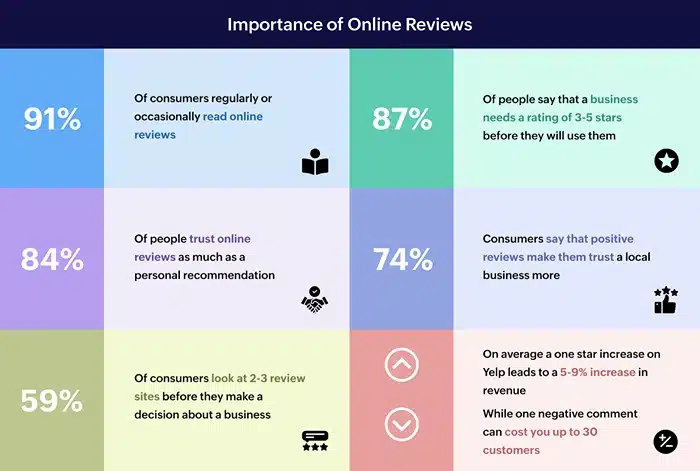
Image Source: ZohoCommerce
It’s not just about spotting items. It’s also about listening to how Gen Z talks about them. Reviews on Amazon, comments on shopping apps, or reactions on social commerce platforms all offer clues.
With web crawlers, you can pick up on phrases that appear again and again—whether it’s about quality, design, or even something as simple as “this went viral.” That kind of language points to trends with real staying power.
How Brands Turn Gen Z Trends into Action
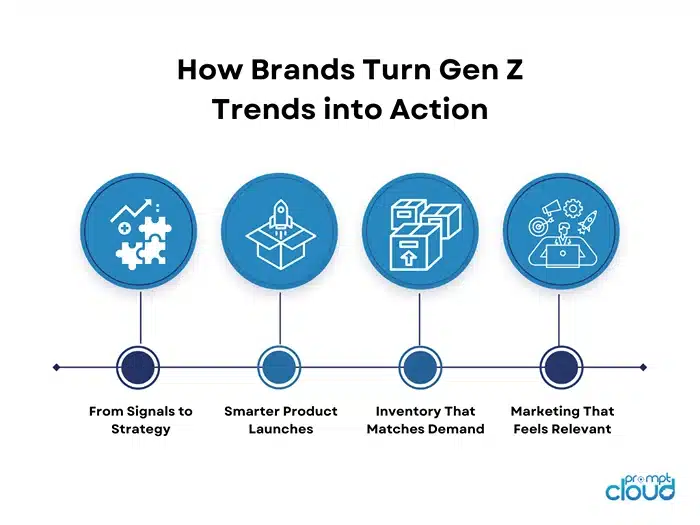
From Signals to Strategy
Spotting a trend is only the beginning. The real value comes when brands turn those early signals into actions. With clean, real-time data from web crawlers, companies aren’t just observing Gen Z trends—they’re building strategies around them.
Let’s say you notice a spike in conversations around pastel-colored drinkware. It starts on TikTok, shows up in Reddit posts, and then you see more Etsy listings. That kind of pattern is exactly what happened with the Stanley Cups. The early buzz gave smart brands time to respond—whether by sourcing similar products, adjusting their inventory, or aligning messaging with what Gen Z was excited about.
Smarter Product Launches
When data shows a rise in interest around a niche trend—like Labubu or crochet handbags—a brand can move fast. Not every trend will last, so acting early matters. Some eCommerce teams are now using scraping tools to monitor trends weekly, if not daily.
This gives them the chance to do limited drops, test interest with low risk, and pivot quickly based on how customers react. In fashion, especially, being first can mean everything.
Inventory That Matches Demand
One of the biggest headaches in retail is knowing how much to stock and when. Real-time trend data changes that. If you can see a growing buzz for Y2K-style skirts or certain accessories tied to Gen Z fashion trends, you can plan inventory around demand that’s still building.
No more overordering after a trend fades. No more missed opportunities because you waited too long to move.
Marketing That Feels Relevant
Gen Z spots inauthenticity fast. If a campaign feels like it’s copying last month’s trend, it falls flat. But when your marketing speaks to what they’re actually into right now, the response is different.
By using an instant data scraper, marketing teams can build campaigns that reflect the current moment. The tone, the imagery, even the product positioning—it can all shift to align with what’s actually trending, not just what was popular last quarter.
Why PromptCloud: Scalable Web Scraping Built for Fast-Moving Trends
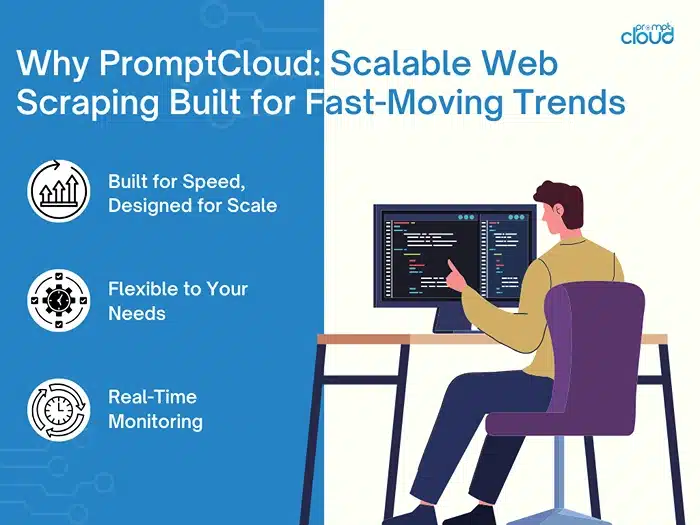
Built for Speed, Designed for Scale
When you’re trying to follow Gen Z’s pace, your data tools can’t afford to be slow or rigid. PromptCloud was built with this reality in mind. It doesn’t just scrape data—it delivers it clean, structured, and ready to use, so you don’t waste time sorting through noise.
Whether you’re a DTC brand watching for shifts in Gen Z fashion trends, or a retail team tracking sudden interest in collectibles like Labubu, you need data fast and at scale. PromptCloud’s systems are designed to crawl massive amounts of online content across social platforms, product pages, forums, and marketplaces—without getting blocked or bogged down.
Flexible to Your Needs
No two brands track trends the same way. Some want data from Reddit threads and TikTok tags. Others need to monitor specific SKUs on e-commerce platforms. With PromptCloud, the crawling strategy is customized to fit what your team is looking for.
It’s not just about getting data—it’s about getting it from the right places. If your audience moves from one platform to another, say from Instagram Reels to something new, your scraping setup can move with them. You don’t have to rebuild everything from scratch just to keep up with where Gen Z is actually spending time.
Real-Time Monitoring Without the Manual Work
Catching a trend early doesn’t help if it takes a week to collect the data. PromptCloud delivers data feeds that update in near real time, so you’re always working with the latest signals. That means fewer guesses and faster reactions.
You don’t have to wait for a team to run a report or pull insights manually. The moment interest starts to spike—whether it’s a new spin on Y2K style or the sudden popularity of Stanley cups—you’ve already got the data at your fingertips.
Stay Ahead of Gen Z with Smarter, Faster Data
Keeping up with Gen Z isn’t about chasing trends. It’s about understanding where they start, how they spread, and when to act. This generation moves fast, and they don’t follow the rules that shaped older consumer behavior. Their trends aren’t announced—they emerge. Quietly at first, then suddenly everywhere.
If you’re trying to connect with Gen Z, timing isn’t just important, it’s everything. Show up early, and you’re part of the moment. Wait too long, and even a great campaign can miss the mark. Products either fly off the shelves or end up collecting dust. It all depends on how soon you move.
Real-time web crawling changes the way brands respond to culture. Instead of guessing or relying on outdated data, teams can now watch the actual spaces where Gen Z trends begin. With tools like an instant data scraper, businesses get the clarity they need, right when it matters most.
PromptCloud offers the scale, speed, and flexibility to turn scattered digital signals into usable insight. Whether it’s tracking a sudden rise in demand for Y2K fashion, noticing a spike in interest for something like Stanley Cups, or watching conversations grow around niche items like Labubu, the right data helps you move quickly and confidently.
If your goal is to stay connected to what Gen Z is paying attention to next—not what they liked last month—then the answer isn’t more guesswork. It’s better data. Faster data. And a system built to keep pace with the culture they’re creating in real time. Contact us today!
FAQs
1. How do web crawlers track Gen Z trends?
They work kind of like a digital scout. Once set up, a crawler moves through websites, forums, social posts—anywhere people talk online. It pulls in what’s being said, shared, or even sold. So, if a random product or style starts getting more mentions, the crawler notices that before it becomes a big headline.
2. Can trend data from web scraping help with product planning?
Yes, and here’s why: it shows you what’s starting to get attention before everyone jumps on it. If there’s a spike in people posting about a certain type of bag or collectible, that’s a signal. You can plan around that—maybe launch something similar or restock something you thought was done. It’s like getting a heads-up straight from your audience.
3. Is it legal to scrape platforms like TikTok and Reddit?
It depends on how it’s done. If the data’s public—stuff you don’t need to log in for—it’s usually okay. That said, you don’t want to guess. A lot of companies work with a service like PromptCloud because they know how to do it right and stay within the rules.
4. Do I need a technical team to set up web crawling?
Not really. If you’re doing it from scratch, maybe—but most brands use a service that sets everything up for them. You tell them what you want to track, and they handle the rest. No coding. No servers. Just the data showing up where and how you need it.
5. What makes Gen Z trend data different from traditional consumer insights?
The pace. Gen Z doesn’t follow a calendar. A product or look can blow up overnight, and if you’re relying on old-school data, you’re already behind. Trend data from web crawling gives you a live feed of what’s happening, not what happened weeks ago.











